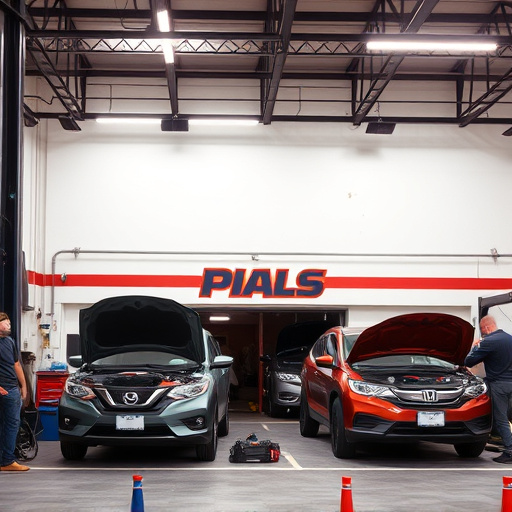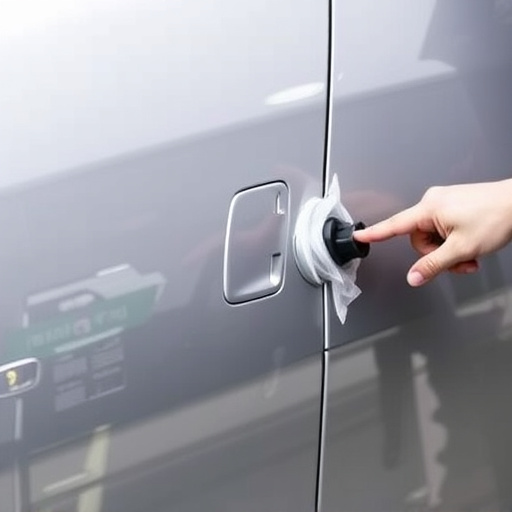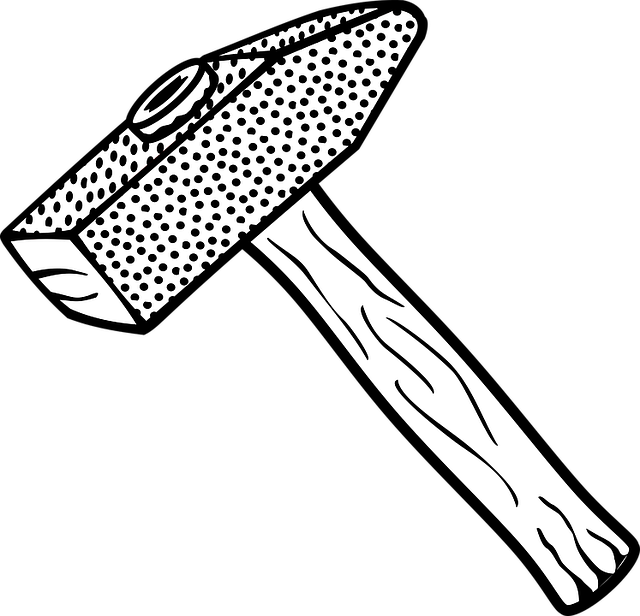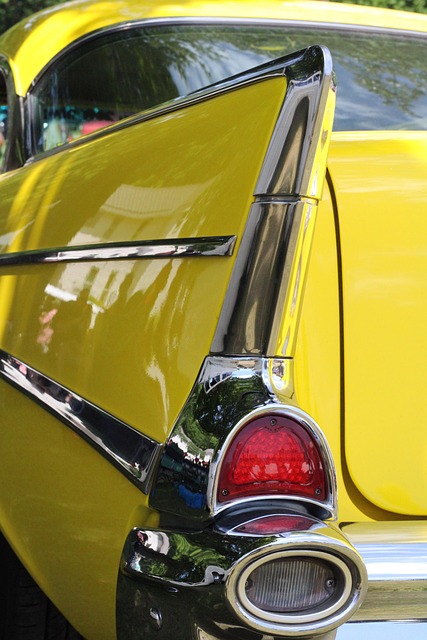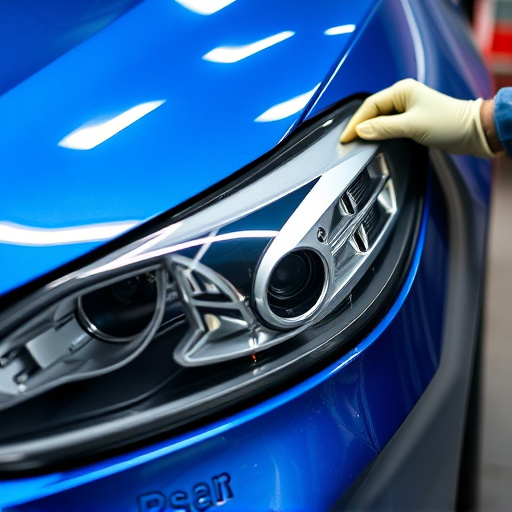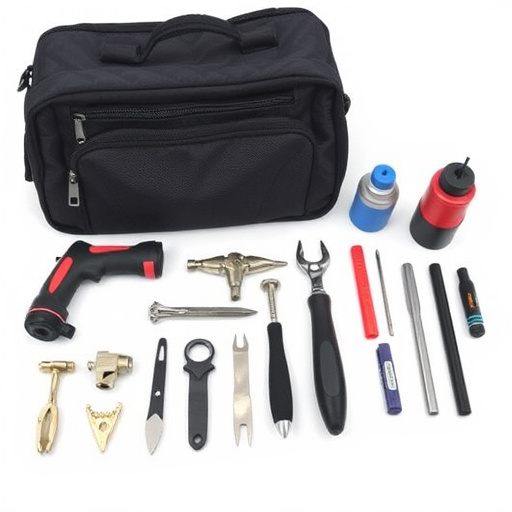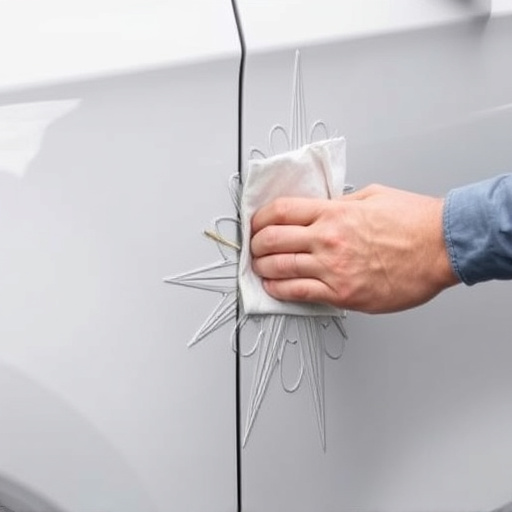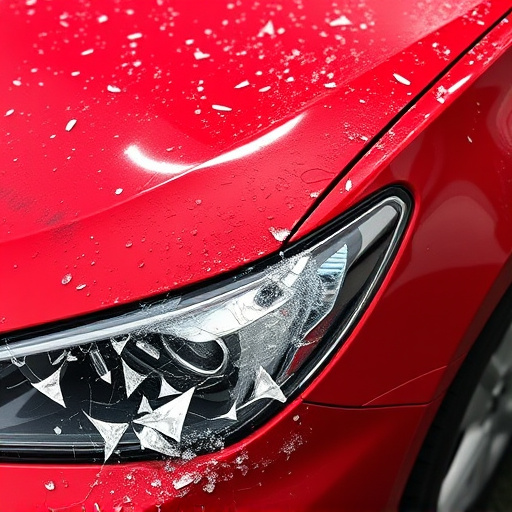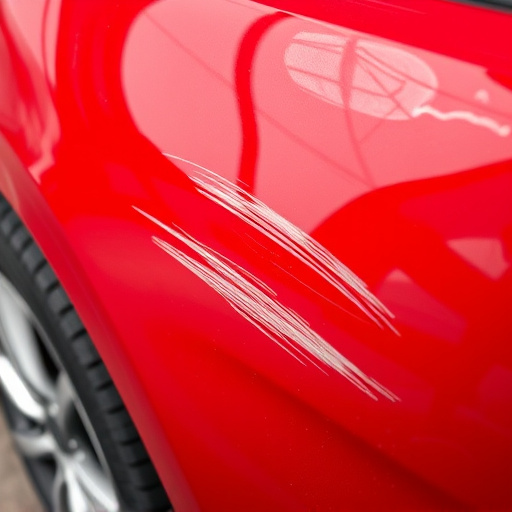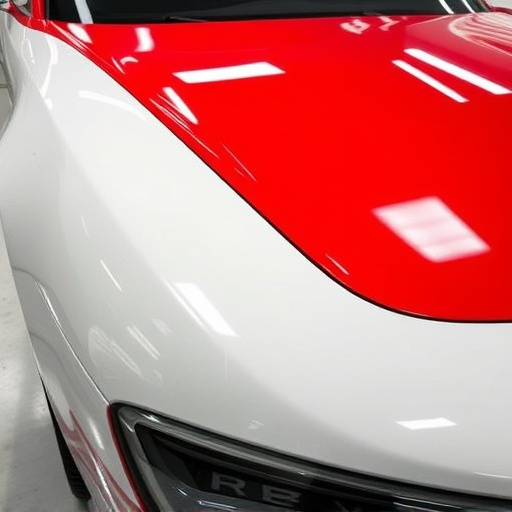Suburban collision repair services face distinct challenges, including longer travel distances, fewer shops per capita, and increased marketing difficulties compared to urban areas. The demand for efficient, discreet repairs with minimal neighborhood disruption is high among both homeowners and business owners. City-based collision centers offer advantages like central locations, lower prices due to increased competition, and a wider range of specialized services catering to diverse urban vehicle needs. Understanding these suburban nuances is key for providers aiming to offer tailored solutions in this unique market segment.
In the vast landscape of automotive services, understanding the nuances of suburban collision repair is key. While city-based collision centers enjoy higher visibility and diverse resources, suburban areas present unique challenges. This article delves into these contrasts, exploring how suburban communities’ specific needs impact repair processes. We weigh the advantages of urban facilities against the disadvantages and unique factors that shape suburban collision repair, offering insights for both residents and service providers.
- Understanding Suburban Collision Repair Needs
- Advantages of City-Based Collision Centers
- Disadvantages and Unique Challenges in Suburbs
Understanding Suburban Collision Repair Needs
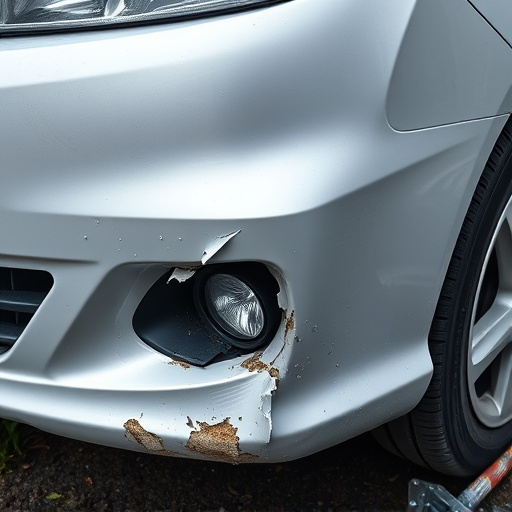
In suburban areas, collision repair needs often present unique challenges. With a mix of residential and commercial zones, the demand for efficient yet discreet services is high. Homeowners and business owners alike require prompt vehicle body repair solutions that minimize disruption to their daily routines. This segment delves into the specific requirements of suburban collision repairs, focusing on how these needs differ from urban settings.
Suburban communities typically host a diverse range of vehicles, from family sedans to commercial fleet repair needs. Fleet repair services play a vital role in keeping local businesses operational. Additionally, the proximity to residential areas necessitates careful handling of car bodywork services to ensure aesthetics and safety without causing neighborhood disturbances. Understanding these nuances is crucial for providers aiming to offer tailored suburban collision repair solutions.
Advantages of City-Based Collision Centers
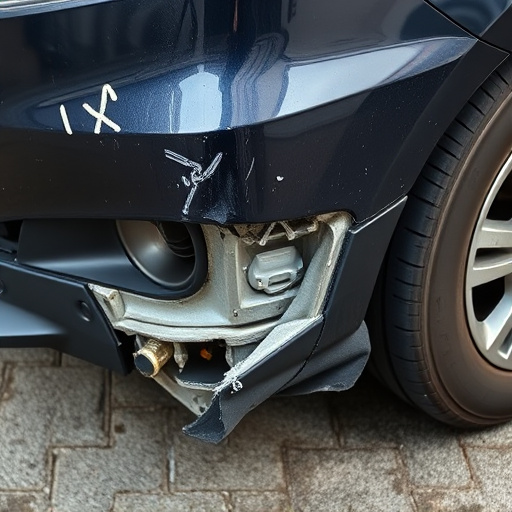
City-based collision centers offer a range of advantages that can make them more appealing choices for vehicle owners. One significant benefit is their central locations; these shops are often easily accessible, situated in bustling areas with good connectivity. This convenience means less time spent navigating to and from the repair facility, which is especially valuable for those with busy schedules.
Additionally, city centers typically boast a wider variety of auto body shops and car repair shops, allowing for more competition and potentially lower prices. The higher concentration of businesses also often translates to an abundance of specialized services, including advanced vehicle diagnostics, specialized repairs for electric or hybrid vehicles, and cutting-edge paint technologies. This diversity ensures that city-based collision centers can cater to a broader spectrum of vehicle needs and preferences.
Disadvantages and Unique Challenges in Suburbs
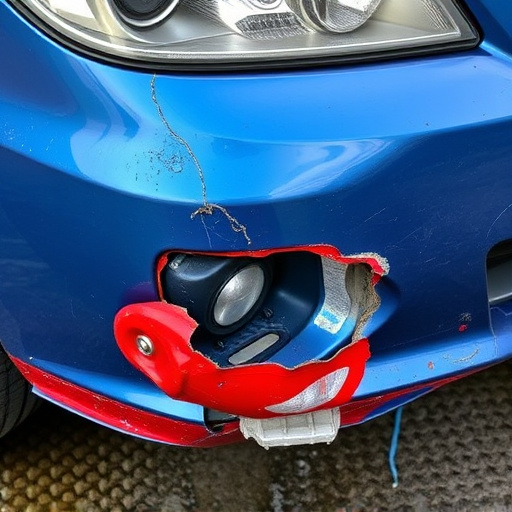
Living in the suburbs brings a unique set of challenges for collision repairs that differ from urban centers. One of the primary disadvantages is limited access to specialized automotive repair services, often characterized by longer travel distances between homes and auto collision centers. This can lead to increased response times, causing delays in getting vehicles back on the road promptly. Additionally, suburban areas may have fewer established auto repair shops per capita compared to cities, reducing the competition and potentially impacting service quality and pricing.
Another challenge is the overall lower population density. With less foot traffic and a more dispersed community, marketing and attracting customers for suburban collision repair businesses can be trickier. This might lead to smaller customer bases and reduced economies of scale for these shops, resulting in higher operational costs and limited resources for staying up-to-date with the latest technology in vehicle repair services.
When comparing suburban collision repair services with city-based centers, understanding the unique needs and challenges of each location is key. While city centers offer advantages like higher visibility and easier access, suburbs present distinct benefits such as more spacious facilities and a focus on local community engagement. Despite challenges like limited foot traffic, suburban shops can excel by providing personalized service and tailored solutions. Ultimately, choosing the right collision repair option depends on prioritizing either urban convenience or suburban advantages based on individual needs.
